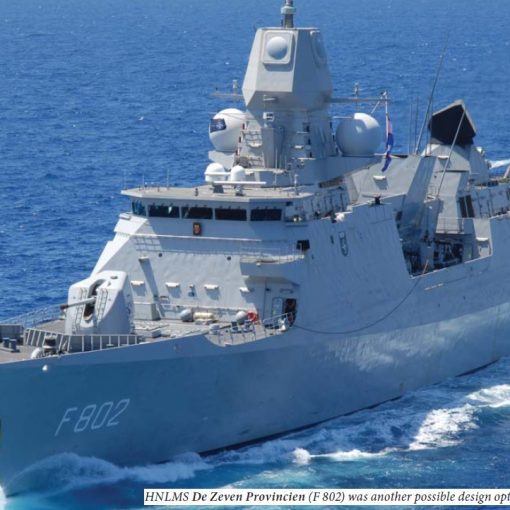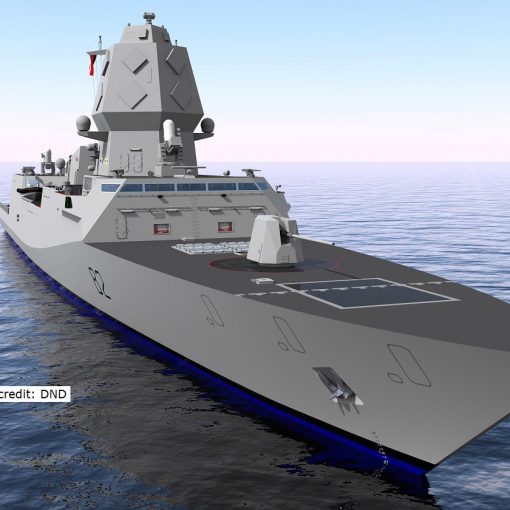It is reasonable that the Department of National Defence1 (DND) is considering (conducting a "staff check," to use military language as also used by an interviewee in a television report on this matter) the transfer of systems and parts from current Royal Canadian Navy (RCN) ships to future ships. Warship systems and parts have different life cycles than the ships themselves. Boats, pumps, radios, cranes, torpedoes and, very evidently, helicopters, are acquired and disposed of at different times. The systems and parts in a ship when she is first accepted into service can be very different than what is onboard when the ship is paid off. This can particularly be the case when ships are retained for overly long periods, as is often the Canadian practice, and when ships undergo major modernizations such as has recently the Halifax-class frigates. So systems and parts transferred from in-service warships can easily not be as old as the ships themselves.
There are advantages to continuing to use in-service systems. The naval training schools have well-developed courses for operators and maintainers. The supply system holds spares. Ammunition magazines are well stocked with reserves. When a new system is acquired, much effort and expenditure has to be made to integrate it into training and supply. Standardization, rather than having too great a variety of types of a system, for example a naval radio, can greatly enhance overall operational efficiency.
Roger Taylor and Dave Pugliese, writers, and Ken Hansen, expert commentator, have hit good points when they note the outstanding question of what systems may be transferred. Major weapons systems and their supporting electronics systems need to be designed into the ships from the beginning (though as the latter gets smaller, using less power, they are easier to change out). Buying new ships is a necessary opportunity to advance operational capability to at least current levels if not to near the leading edge. And buying new ships is an opportunity to be rid of well-used marine systems and the like with extensive maintenance workloads and difficulties in obtaining spare parts from original manufacturers. What systems and parts being considered for transfer will be a message on defence procurement.
As an example of major equipment being transferred, and one with little attention to date, replenishment-at-sea equipment (RAS) from the Protecteur-class replenishment oilers (often called "supply ships" in the press) is reported as to be transferred to Motor Vessel Asterix when Chantier Davie converts that ship into an interim replenishment oiler (‘AOR’ in naval designation). The posts, motors, wires and hoses of a RAS system are large and complex. It makes sense to use them aboard Asterix, and later the Queenston-class replenishment ships to be built to replace the Protecteur-class.
There should not be concern that systems and parts may be transferred. There should be concern if staffs are not looking at transferring systems and parts. Trying to make an issue out of transfers could be considered as trying to make an issue out of prudent staff work. This matter is not an issue.
Note 1: Project management offices are usually not part of the Canadian Armed Forces RCN, but are part of the DND Headquarters Material Group, which also has the material management directorates. So who is actually conducting the checks can be a question. However, as staffs work closely together, and as defence procurement of major equipments receives national attention, it is best to view the DND as the lead.




